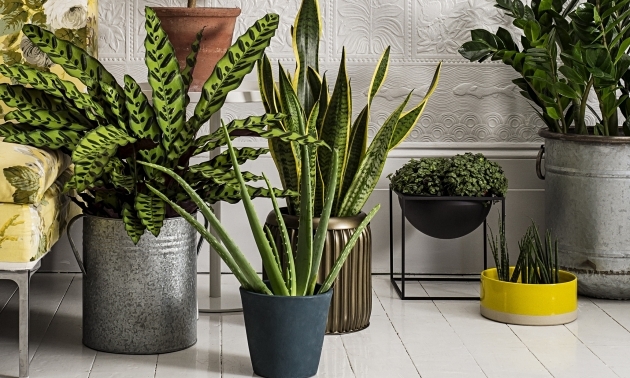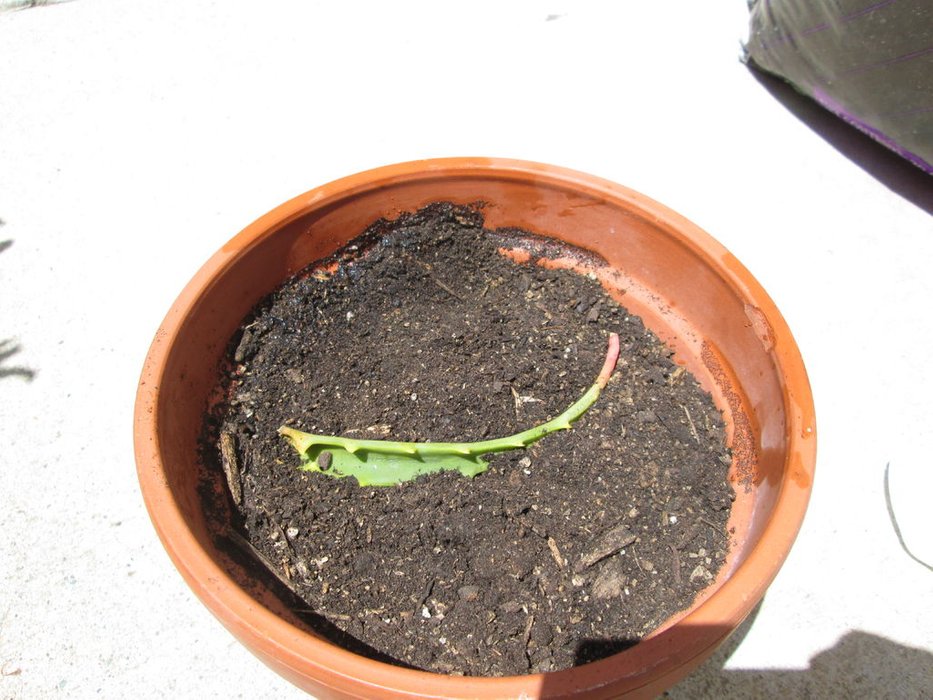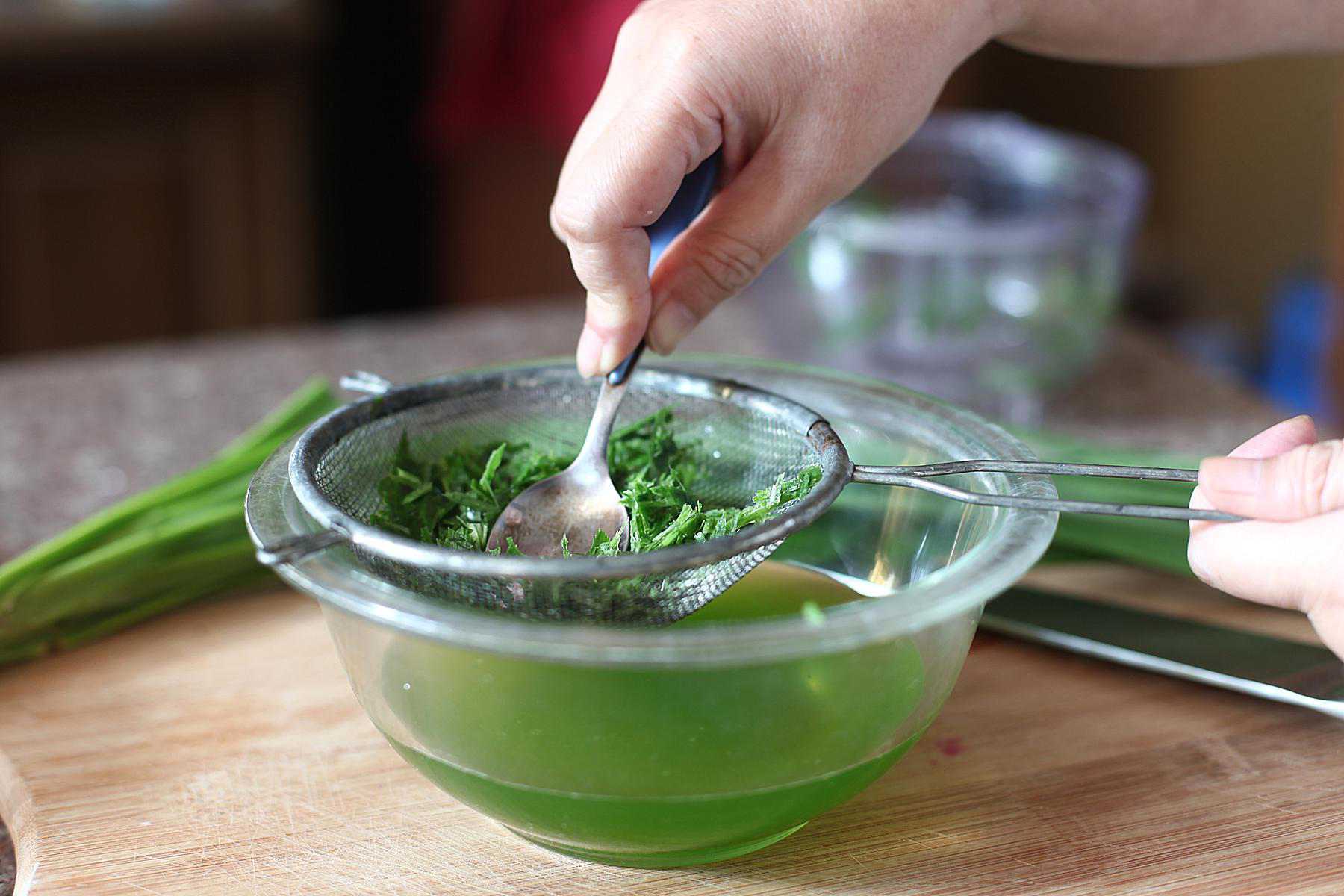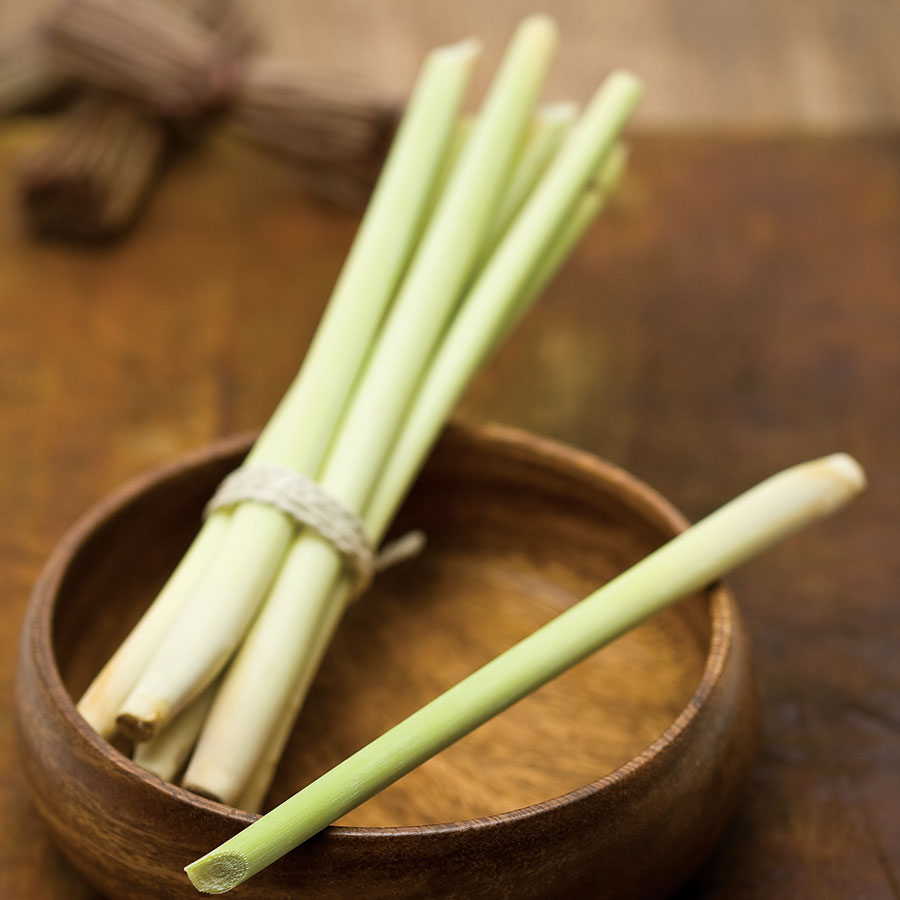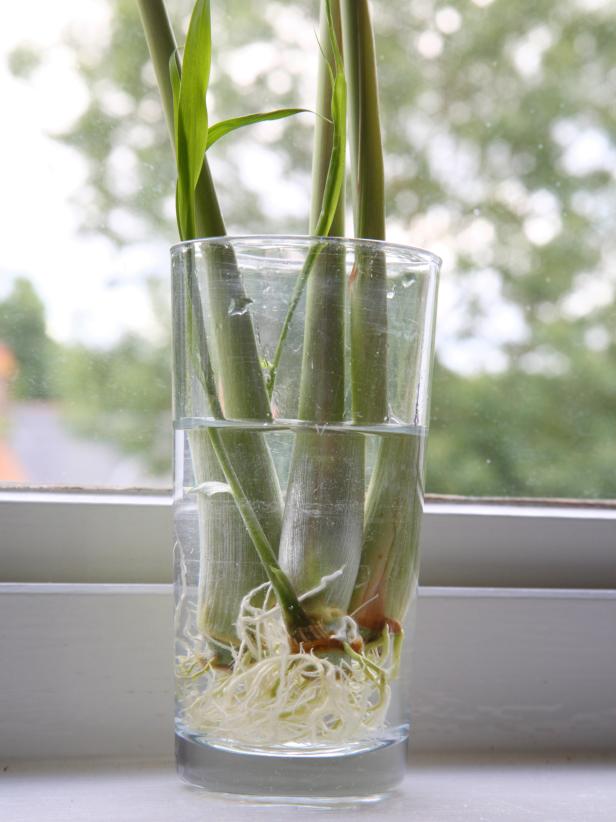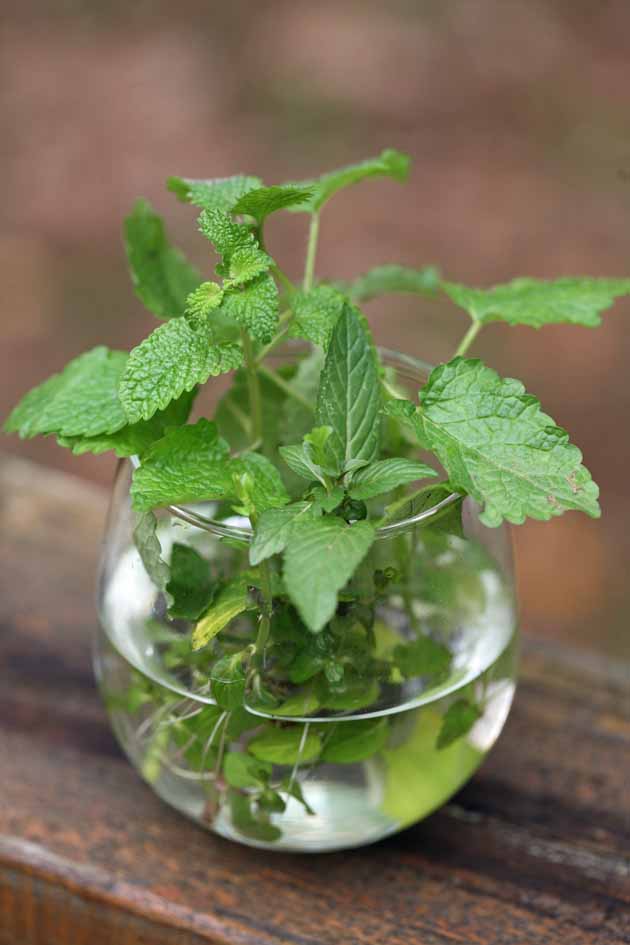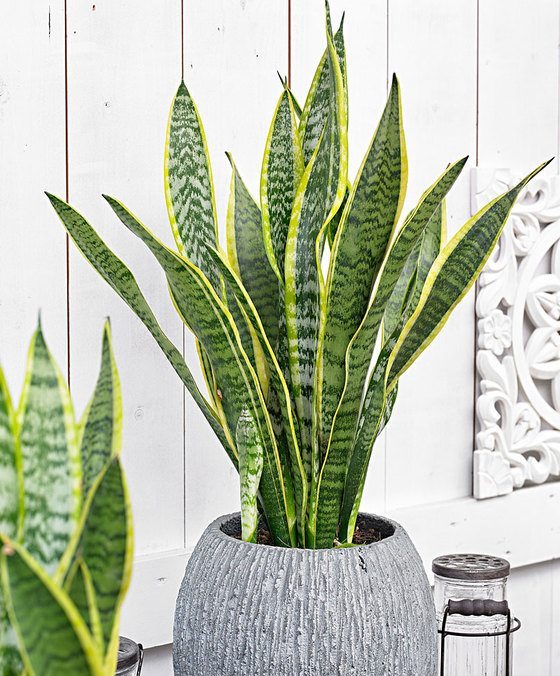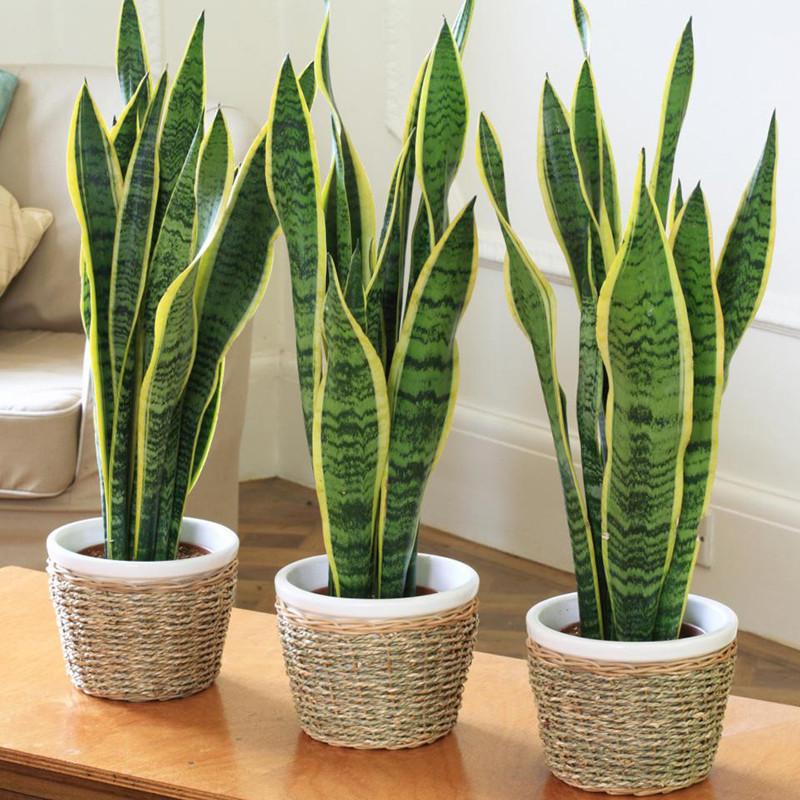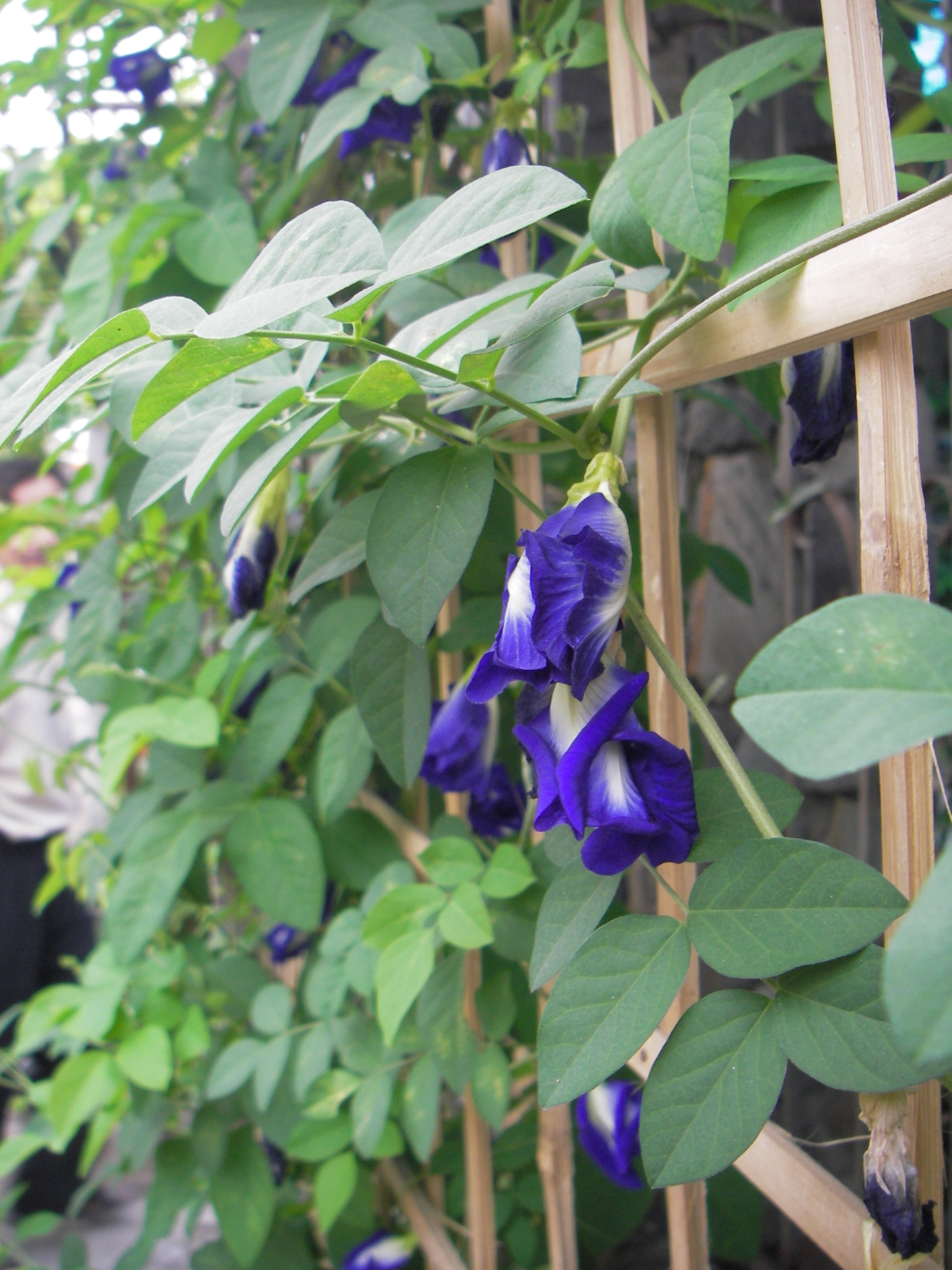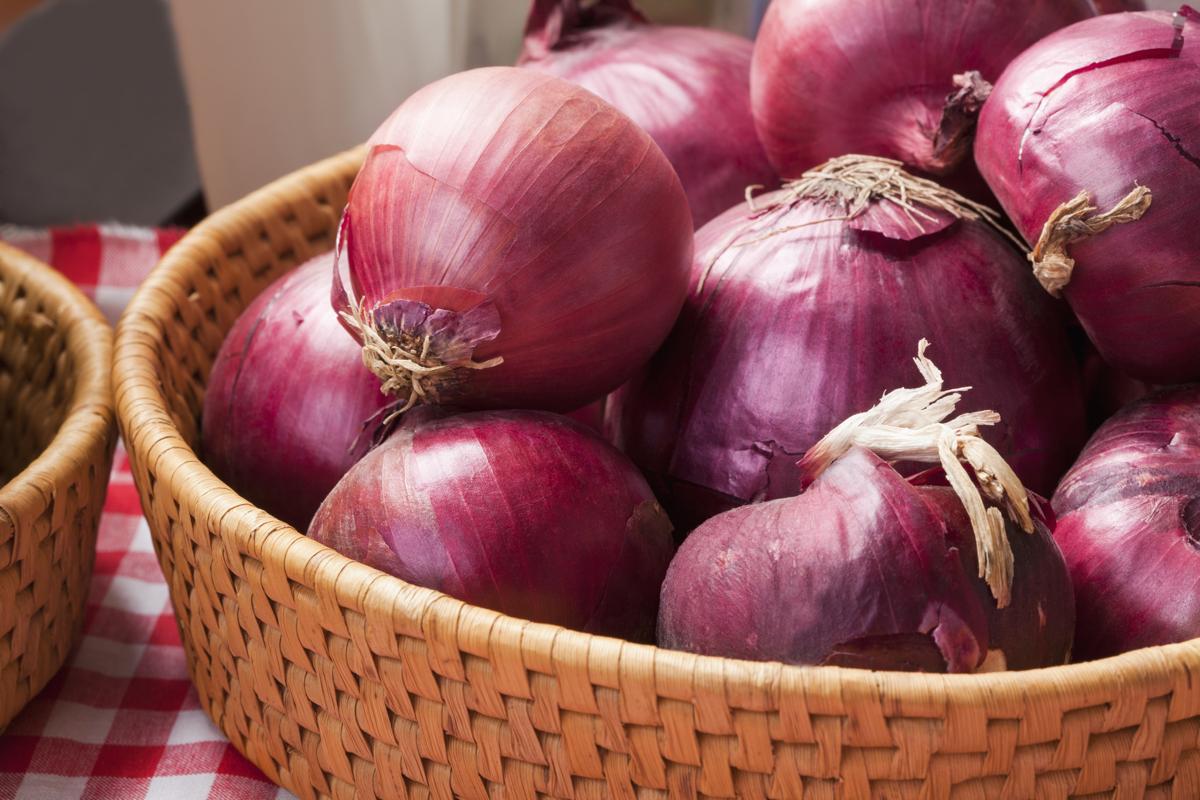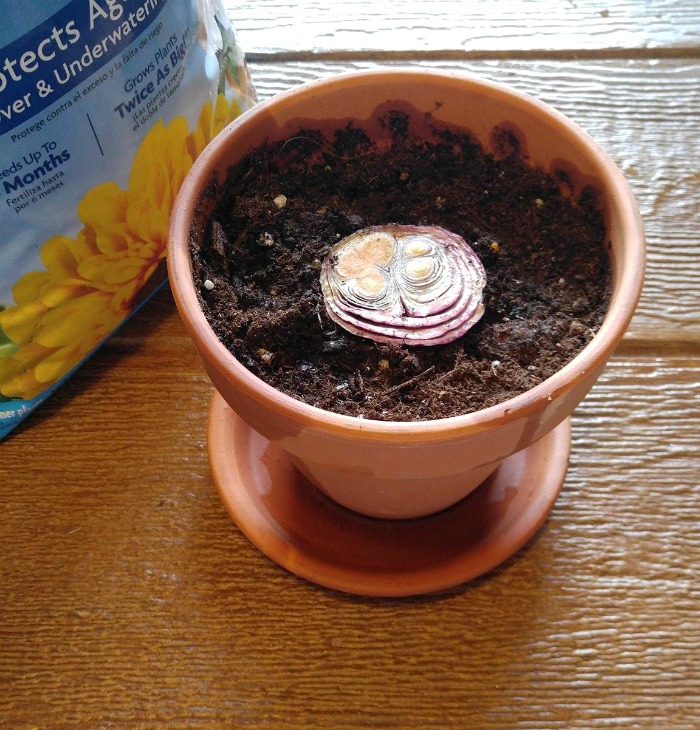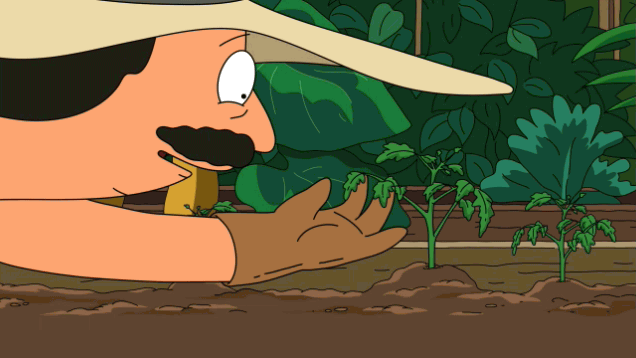Mother-In-Law's Tongue, Mint & 5 Other Useful Multi-Purpose Plants To Have At Home
Use them for cooking, repelling pests, improving indoor air quality, and more!
Having a collection of lush greens at home isn't only soothing to the eyes and mind, but you can stand to reap a variety of culinary, health, and home care benefits too
From being natural air purifiers to offering immunity-boosting properties to making your cooking more sedap, there are countless reasons why having a collection of plants at home is a great idea!
1. Aloe vera
Here are some benefits to growing your own aloe vera:
To soothe irritated skin
Its antifungal and antimicrobial properties makes having aloe vera around handy if you're prone to skin conditions like eczema, psoriasis, inflammation, and burns. Just slice the leaf open and apply the gel to affected areas.
As make-up remover
The mix of harsh chemicals in commercial make-up removers can leave skin dry and irritated. For a more natural option, using the fresh aloe vera gel is the way to go!
As an air purifier
The plant itself is highly beneficial in terms of improving your home's air quality. The natural air purifier can help with clearing formaldehyde and benzene, common by-products of chemical-based paints, detergents, and more.
How to grow aloe vera using a leaf:
1. Place aloe vera leaf in a soil-filled, well-drained pot. Push it into the soil but leave a part of it exposed.
2. Keep pot in a sunny area and water it frequently to keep the soil damp.
3. The plant will continue sprouting and should be ready for harvesting in two months.
2. Pandan leaves
Here are some ways you can use pandan leaves:
As natural food colouring and flavour
These fragrant leaves are great to have on-hand for making yummy local treats like Onde Onde and Bubur Cha Cha.
For a healthy boost
You can also benefit from pandan leaves' healthful properties by steeping them in hot water and enjoying the infused drink. Pandan is believed to be helpful in alleviating insomnia, constipation, cramps, and period irregularities, among other ailments.
To halau cockroaches
Pandan leaves are also commonly used as a natural cockroach repellent. Just place the leaves in areas that are prone to cockroach infestations - usually in damp corners, kitchen drawers, and the car. The strong scent is believed to keep the roaches at bay.
How to grow pandan leaves at home:
1. Plant a rooted stalk of pandan leaves in a soil-filled pot.
2. Water at least twice a day to ensure the soil is kept damp.
3. As the leaves tend to overgrow, trim them often (more reasons to make kuih!).
Note: If planting pandan in the ground instead of a pot, be sure to avoid areas with water pipes as the active roots can end up messing with the pipe structure.
3. Lemongrass
Here are some benefits to growing lemongrass at home:
For making cooking pastes
Lemongrass is often blended with other aromatics like garlic and ginger to form fragrant cooking pastes, from Rendang (crispy or otherwise) to Gado Gado gravy.
For detoxification
This natural diuretic is believed to aid in flushing toxins from the body, which may result in better organ health, clearer skin, weight loss and more. Boil it for 10 minutes or more and enjoy it with sweetener of your choice.
As mosquito repellent
With its citronella-like scent, having the plant around is believed to help keep pesky mosquitos away. Fresh lemongrass also works great as an insect spray.
You can regrow lemongrass from leftover scraps! Here's how:
1. Place the rooted stems in a glass of water.
2. Once stronger new roots form (in two to three weeks), move the stalks into a pot.
3. The stalks are ready to be harvested once they reach around one foot in height.
4. Mint
Here are some ways you can use mint:
For that refreshing zing in your drinks
The upside of growing mint at home is that you'll have always have a bountiful stash to lend a refreshing flavour to your drinks. The oils in mint leaves are what gives its cooling taste and strong fragrance, so be sure to muddle them to get a better flavour.
As a natural mouthwash
To make your own chemical-free mouthwash, infuse chopped mint in boiling water. Strain and keep chilled.
As moth repellent
Not only does mint work great as a natural moth repellent, it keeps your clothes smelling fresh too! All you need to do is stuff a handful of mint leaves in a thin nylon sock and keep it in your wardrobe. Replace once the leaves have dried up.
Mint can be grown from leftover sprigs from your kitchen too! Here's how:
1. Select some healthy-looking sprigs of mint and clear out the lower leaves, leaving an inch of bare stem.
2. Place the sprigs in water and keep the container on a windowsill.
3. Change the water every two days.
4. Once the plant starts rooting (usually within the week), you can move it to a soil-filled pot.
5. Mother-in-law's tongue
Here are some benefits to keeping some mother-in-law's tongue at home:
As an air purifier
This bunch of sharp, snaky leaves is believed to be capable of absorbing over 100 different types of air pollutants, including carbon monoxide, formaldehyde, and benzene.
For better sleep
Besides being one of the most powerful plants to improve indoor air quality, the mother's-in-law tongue is commonly placed in the bedroom as it helps increase oxygen levels at night.
As a deodoriser
It's especially great to have in the home when first moving in too, as it helps to absorb strong unpleasant odours like paint, adhesive smells and more.
Mother-in-law's tongue is often sold readily-potted so no gardening is required for this one. It requires minimal care too - you can get away with watering it every two to three weeks!
6. Blue pea flower
Here are some ways you can use blue pea flower:
For its unique blue colour
Besides making for an eye-catching addition to your home, you can make awesome eats like Nasi Kerabu and Pulut Tai Tai the authentic way by using these blue-hued flowers.
As an immunity booster
Blue pea flower teas are a rich source of antioxidants, which help to boost the immune system among other benefits. Additionally, its bronchodilating properties are believed to be helpful with respiratory-related issues including cough, cold, fever and phlegm. To make the tea, steep some fresh blue pea flowers in boiling water, strain, and add sweetener of choice.
For healthier hair
These flowers are a popular ingredient in herbal-based treatments for hair loss and premature greying of hair. When applied to the scalp, it is believed the anthocyanin present in the flowers help to increase blood circulation in the area.
Here's how to grow it:
1. Lightly scrape blue pea flower seeds and soak overnight.
2. Plant them in a soil-filled, well-drained pot, with room for the vines to sprawl. It grows well in both sunny or shaded conditions.
3. Water often to keep the soil moist - though just make sure not to drown it in water.
7. Onions
Here are some benefits of having onions growing at home:
For an endless supply of scallions
While onions take a couple of years to mature, its green scallions take only a few weeks to be harvest-ready. This makes it a great money-saving plant to have at home as unlike store-bought scallions, there's no pressure to use them all up in time before they go bad. You can just snip some off from your garden whenever needed.
As a natural rat repellent
Having onions growing at home can help keep your living space rodent-free, as the plant gives off a strong scent that are unpleasant for the critters. You can leave sliced onions around rat-prone areas around the house too.
You can grow onions from leftover kitchen scraps. Here's how:
1. Save the bottom part of an onion and leave it to dry for a few days.
2. Place the onion in a soil-filled pot and keep it in a sunny area.
3. Water the plant to keep the soil moist.
4. After a few weeks, you can start harvesting scallions as needed.
